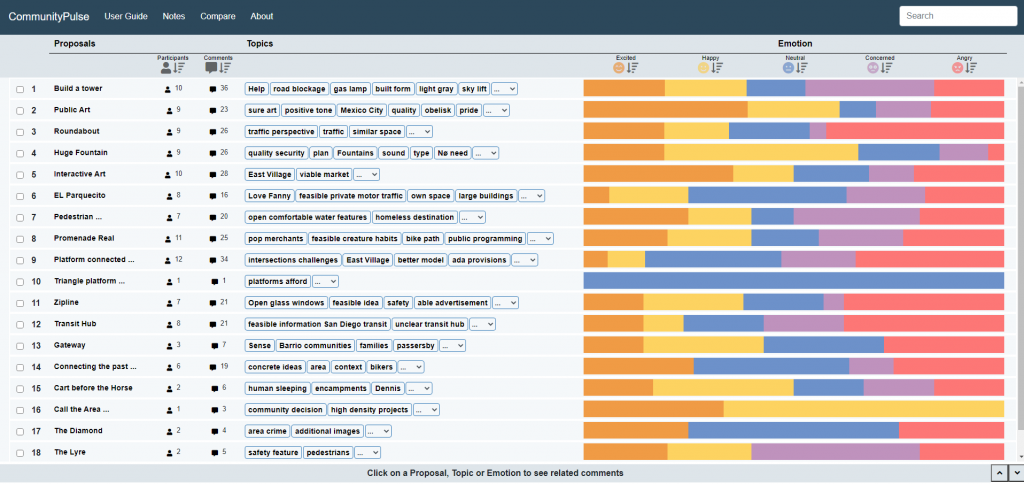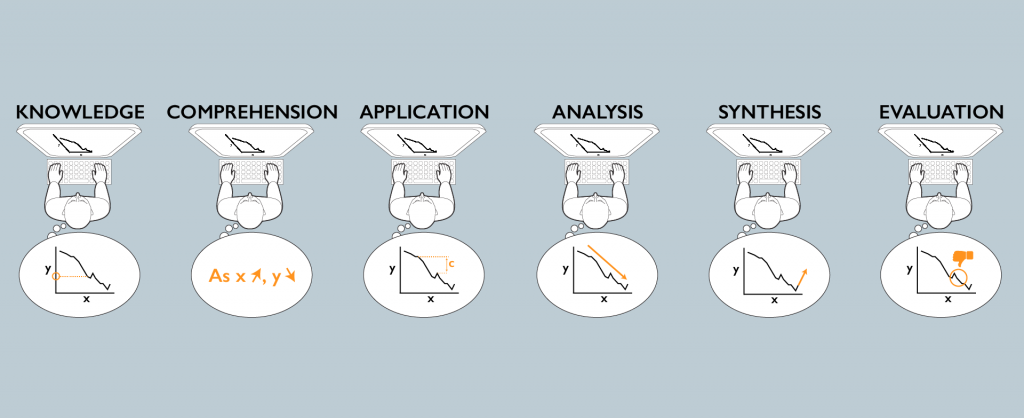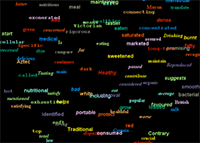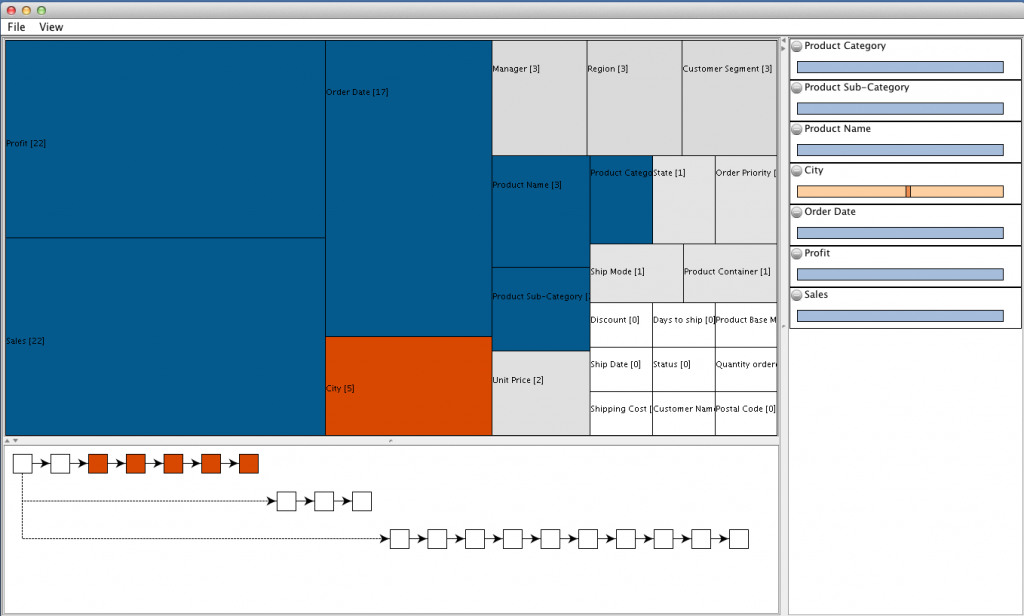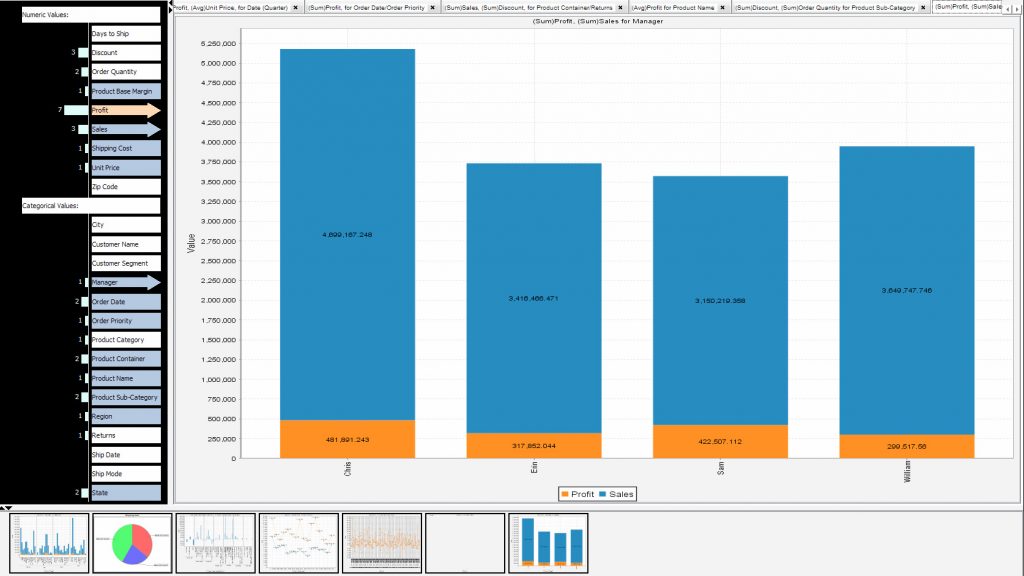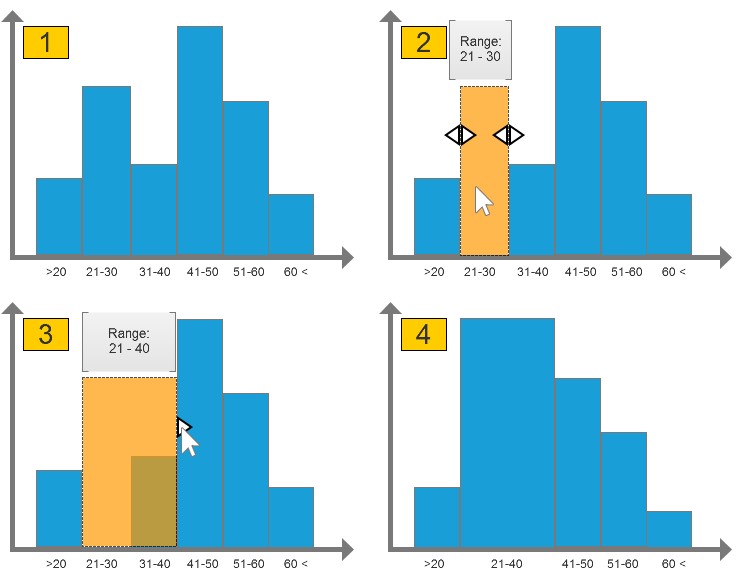Color of Emotions
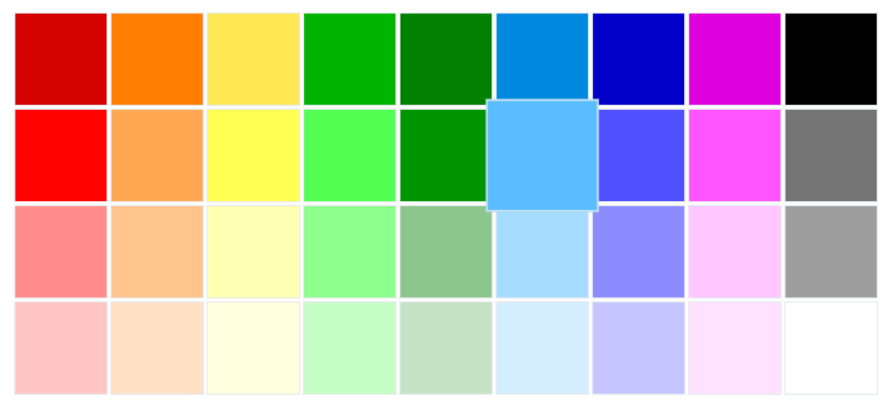
Led by: Mahmood Jasim
Online civic discussion platforms supplement face-to-face conversations while enabling a larger number of people to participate. To understand the public’s perspectives on civic issues, civic leaders are keen to learn people’s’ emotional stances. However, online platforms deprive the civic leaders of this vital insight due to the lack of appropriate mechanisms to convey non-verbal communications, including emotional responses. Moreover, discrete emotion categories are heavily dependent on the online discussion contexts and an agreed-upon set of emotions in the online civic discussion domain is still missing. The problem is exacerbated by the lack of consensus in ways to visualize emotions. In this work, our goal is to investigate and identify a set of emotions suitable for portraying emotional responses in online civic discussions, based on our interviews with civic leaders.
If you are interested in working on or learning more about this project, please contact Mahmood Jasim at mjasim@cs.umass.edu
